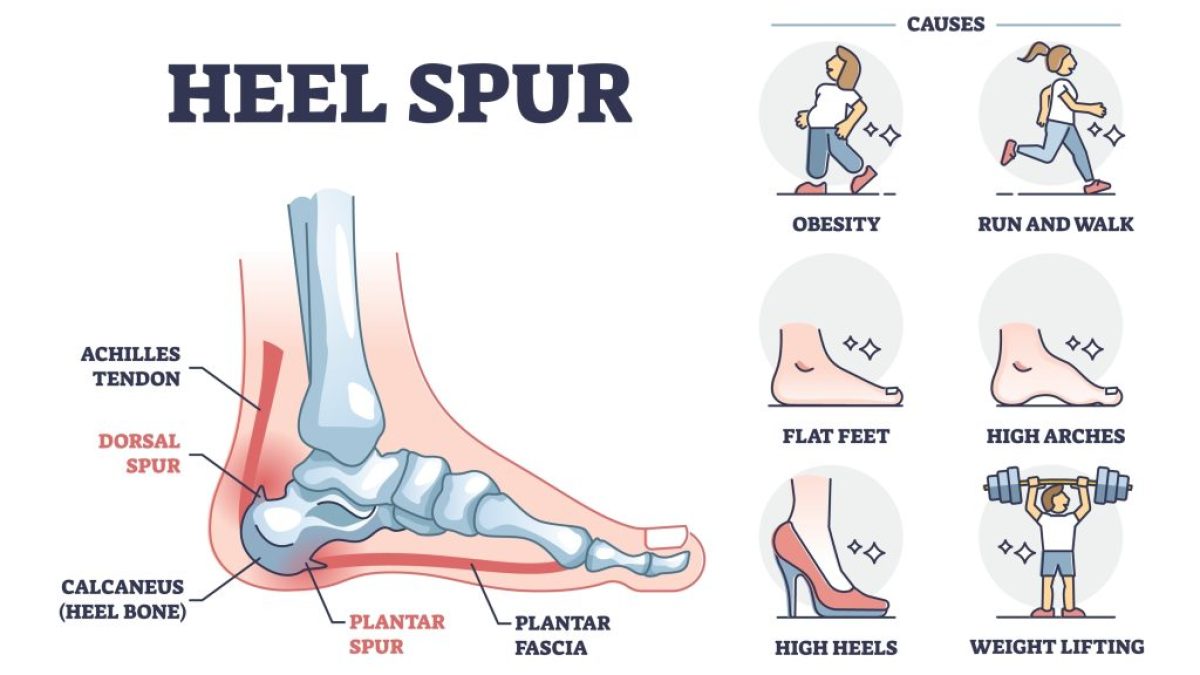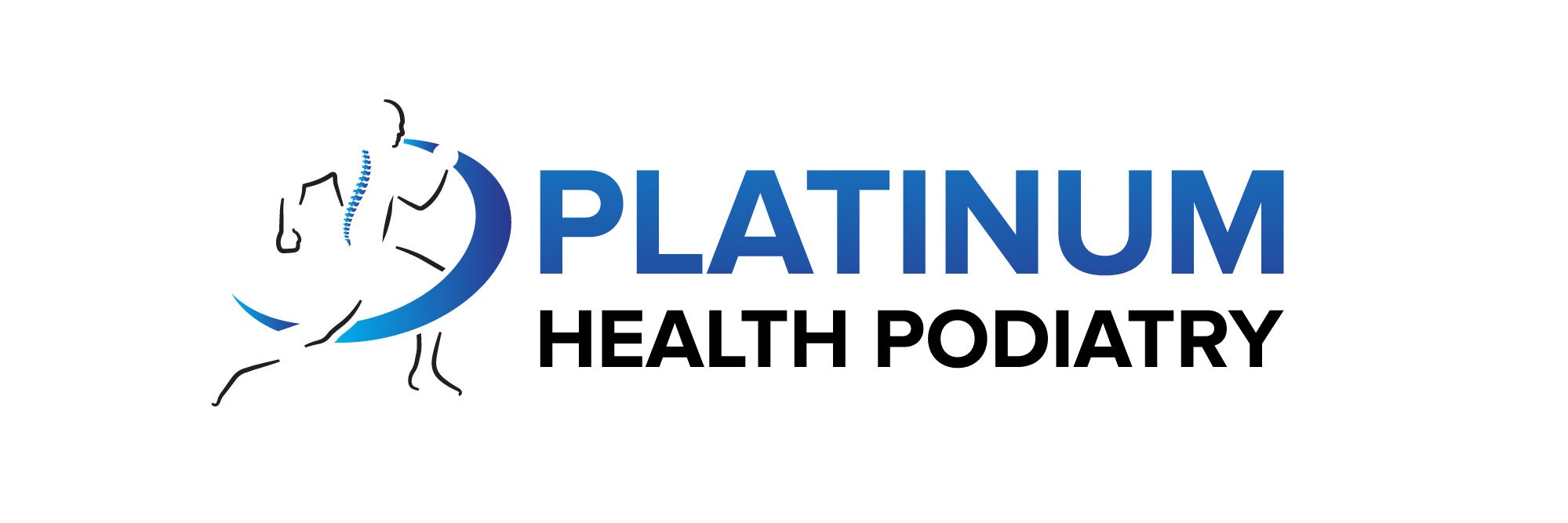Conditions
Heel Spurs
Home >> Heel Spurs

Heel spurs occur when calcium builds up on the heel bone, often resulting from factors like overuse, obesity, or structural imbalances such as leg length discrepancies. While heel pain is the most common symptom, some may not experience pain despite having spurs.
Jump to section
Symptoms
- Heel pain, especially when getting up in the morning or after sitting for a while.
- Discomfort that may subside with movement.
Assessment
A podiatrist can conduct a thorough biomechanical assessment, and an X-ray can confirm the presence and size of the spur.
Treatment
- Stretching: Helps relieve tension on the plantar fascia.
- Footwear Changes: Supportive shoes can alleviate strain.
- Strapping: Reduces pressure on the plantar fascia.
- Foot Mobilization: Aims to realign foot bones and reduce stress.
- Orthotic Therapy: Custom insoles support and align the foot.
- Massage: Focuses on the plantar fascia to alleviate tightness.
- Dry Needling: Targets trigger points in soft tissue for pain relief.
- Shockwave Therapy: Uses acoustic waves to promote healing.
- Prolotherapy Injections: Involves injections to stimulate healing.
If you’re experiencing symptoms, email info@platinumsportspodiatry.com.au

